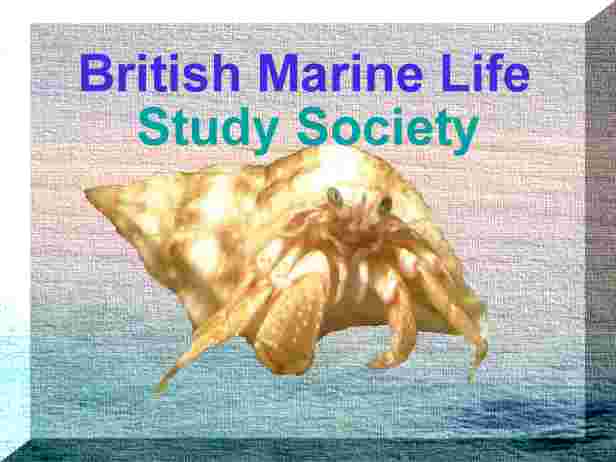
| GENERAL
Sea Anemones |
| Movement |
| Feeding |
| Predators |
| Diagram |
|
|
| Placozoa |
| Porifera |
| Cnidaria |
| Ctenophora |
| Mesozoa |
| Platyhelminthes |
| Nemertina |
| Gnathostomulida |
| Gastrotricha |
| Rotifera |
| Kinorhyncha |
| Loricifera |
| Acanthocephala |
| Entoprocta |
| Nematoda |
| Nematomorpha |
| Ectoprocta |
| Phoronida |
| Brachiopoda |
| Mollusca |
| Priapulida |
| Sipuncula |
| Echiura |
| Annelida |
| Tardigrada |
| Pentastoma |
| Onychophora |
| Arthropoda |
| Pogonophora |
| Echinodermata |
| Chaetognatha |
| Hemichordata |
| Chordata |
| CNIDARIA |
|
|
Daisy
Anemone
|
|
Common
Name(s):
Daisy Anemone Scientific Name: Cereus pedunculatus Family: Usual Size: cm |
| Identification:
Despite its sometimes bright colouration, the Daisy Anemone is often well camouflaged and can be hard to spot. Similar species: Sagartia
troglodytes, Sagartia elegans
Contains zooxanthellae. Reports:
This sea anemone has been discovered once on Worthing beach by Andy Horton. 29-30
July 2002
1 August
2004
Cornwall: Specimen photographed by Trevie Opie in the Carnsew Pool, near Hayle. Daisy Anemone swallowing the discarded shell of a Hairy Hermit Crab, Pagurus cuanensis. The shell contained eggs. Information wanted: Please
send any records of this sea anemone, with location, date, who discovered
it, how it was identified, prevalence, common name and any other details
to
|
| FIVE KINGDOMS TAXONOMIC INDEX TO BRITISH MARINE WILDLIFE |
Copyright 1997- 2011 British Marine Life Study Society
|
|
|
|
Membership Form |
|




